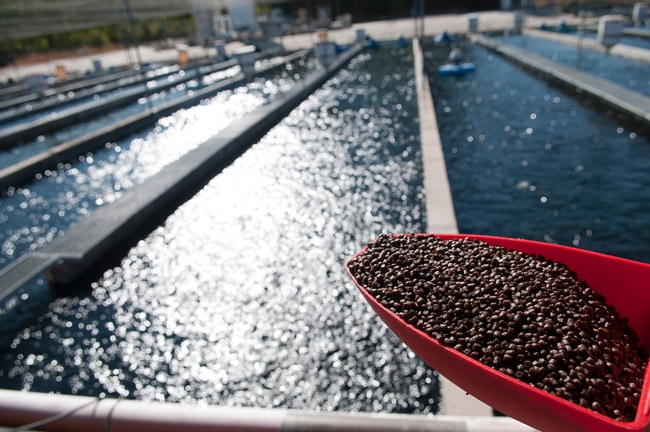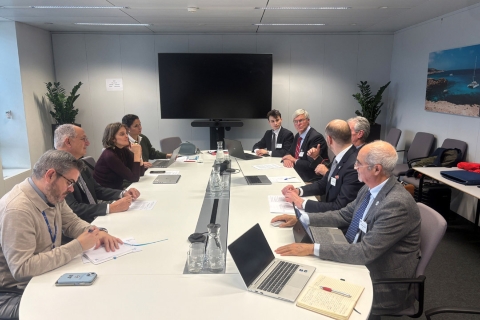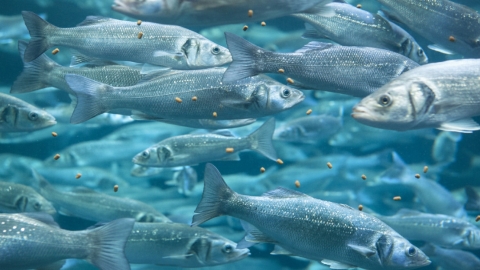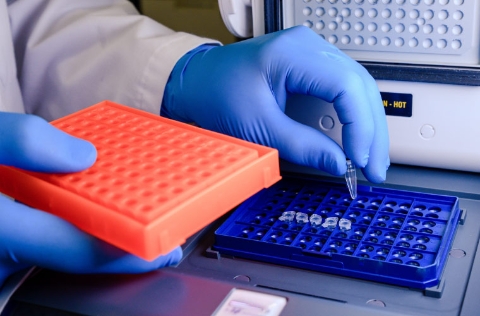
A groundbreaking international and multidisciplinary scientific study, led by Richard S. Cottrell of the Institute for Marine and Antartic Studies (IMAS) and the Centre for Marine Socioecology at the University of Tasmania, Australia, and published in the prestigious journal Nature Food, is fundamentally challenging the long-held traditional approach to formulating aquaculture feeds. The research concludes that traceability and the efficiency of local production are the dominant factors in determining the environmental footprint.
The study, which modelled the environmental footprint of feeds for Atlantic salmon, finds that the geographical location and production efficiency of individual raw materials are significantly more important than the simple proportion of marine ingredients (fishmeal and fish oil) versus vegetable ingredients. These findings suggest that a debate which has been open for years, according to the authors, must now be reframed.
The central findings represent a paradigm shift: the variability in the environmental footprint is far greater within a single type of feed, driven by the provenance of its components, than the average difference observed when comparing a fishmeal-dominated diet with a plant-dominated diet.
The paper demonstrates, through its environmental footprint modelling and the Cumulative Pressure Index (CPI), that an irresponsible sourcing decision can completely negate the benefits of reducing reliance on wild-caught fish. For instance, a feed reformulated to be low in marine ingredients, but which uses vegetable raw materials produced via high-intensity methods (such as soy from regions associated with deforestation), could end up with a larger greenhouse gas (GHG) or water consumption footprint than a feed with a higher inclusion of marine ingredients, provided the latter comes from efficient and well-managed fisheries.
The impact is overwhelmingly concentrated at the point of origin: the raw material production phase (agricultural harvest or fishing) is the main driver of environmental pressure, accounting for nearly 90% of the total measured footprint. The variability is extreme: GHG emissions from fishmeal can be more than 16 times greater between regions due to differences in fuel consumption and fishing methods, while agricultural crop emissions can vary by up to eight times between countries depending on land-use practices.
The Nutrient Challenge of Shifting to Plant-Based Diets

While the reduction of the Fish Inclusion Factor (FIF) has been key to the industry’s sustainable growth, the study also warns of a possible “hidden cost.” The scientific model indicates that the shift towards plant-dominated diets can, on average, increase nutrient footprints (nitrogen and phosphorous) and freshwater consumption, effectively transferring pressure from the marine ecosystem to the terrestrial one.
Specifically, the plant-based feed scenario showed median nutrient pressures 2.5 times higher and water consumption 1.3 times higher compared to the fish-dominated scenario. This crucial finding demands that formulators and scientists adopt a holistic view of the impact when reformulating diets.
The conclusion for aquaculture professionals is clear-cut: feed sustainability is not resolved solely in the laboratory; it is resolved in the supply lines. Declaring a low FIF is no longer enough; demonstrating due diligence at the producer level is now crucial.
This means that investment in granular traceability and origin audits is now an operational necessity and a risk mitigation strategy. The sector must demand data from suppliers that identifies the efficiency of the specific source, not just the country of origin, to guarantee truly competitive and environmental sustainability.



